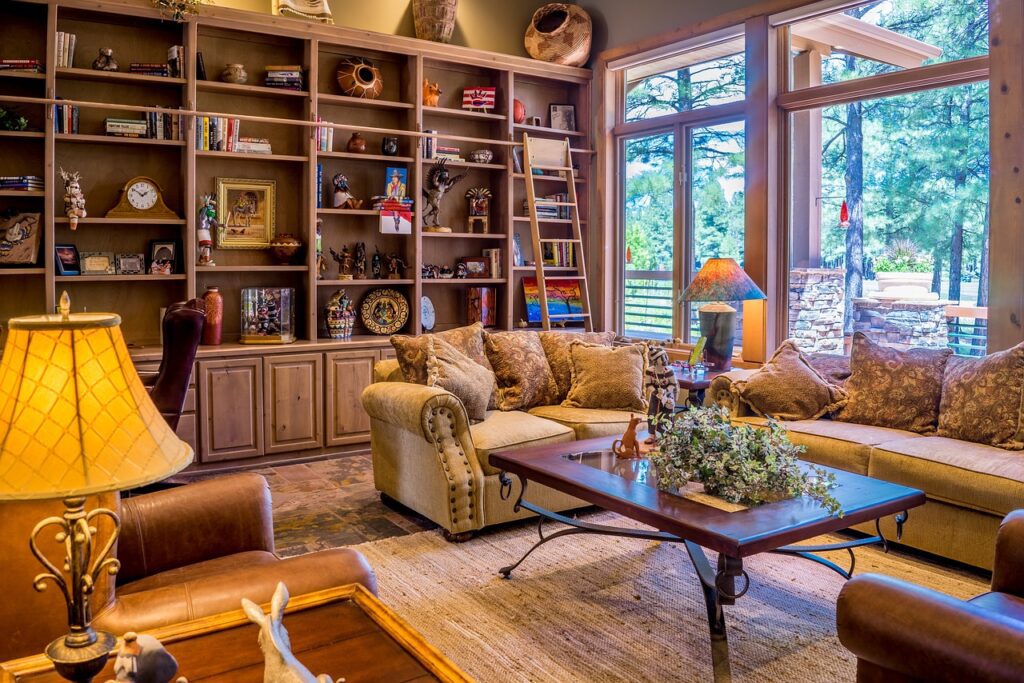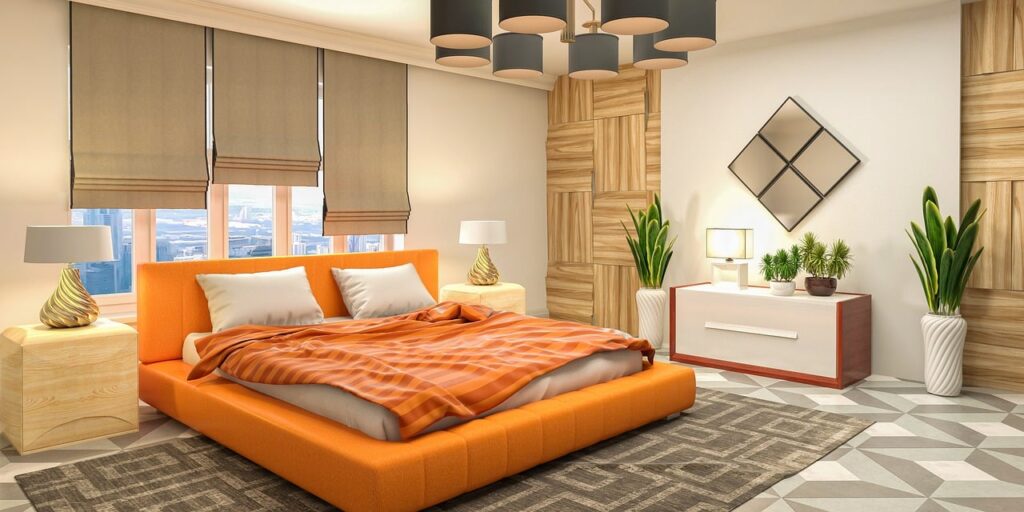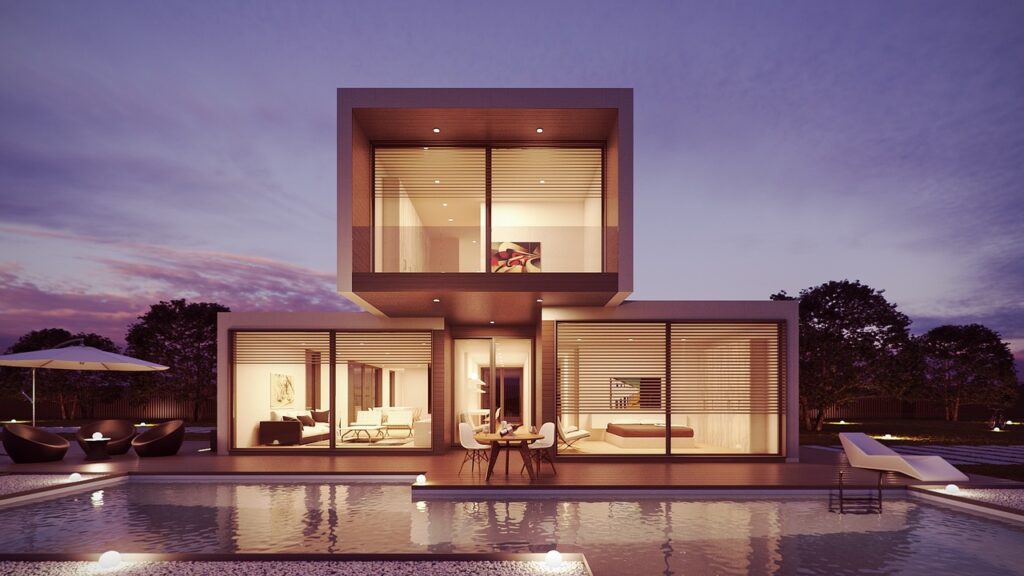Did you know that the global 3D rendering market, including architecture companies, is projected to reach $6 billion by 2027? With the rising demand for visually captivating designs in architecture, selecting the right 3D rendering and design firm has never been more crucial. To ensure you make the best choice, this ultimate checklist compiles essential factors to consider before entrusting your project to a company that provides services firms. From assessing their portfolio and expertise to evaluating client reviews, architecture, services firms, and communication channels, this guide equips you with the knowledge needed to pick a reliable partner for your design endeavors. Stay tuned as we delve into the key criteria that will help you navigate the plethora of options in the 3D rendering industry.
Understanding Key Selection Factors
Assessing Service Quality
Evaluate the firm’s portfolio to understand the range of projects they have worked on and their quality standards. Check client testimonials and reviews to gain insights into how satisfied previous clients have been with the firm’s services. Inquire about certifications and industry affiliations to assess the firm’s professionalism and credibility.
Expertise And Experience
Assess the firm’s experience in handling projects similar to yours to validate their expertise in the field. Inquire about the team’s qualifications, specializations, and training to ensure they possess the necessary skills for your project. Request case studies or project examples to get a clear understanding of their design process and the outcomes they deliver.
Software And Tools Choice
Research the software and tools preferred by the firm to ensure they are compatible with your project requirements. Inquire about software updates and licenses to guarantee that they utilize up-to-date technology. Discuss customization options within the software for personalized design solutions tailored to your needs.
Cost Considerations
Request a detailed breakdown of costs, including expenses related to software licenses, revisions, and any additional services provided by the firm. Inquire about payment schedules, refund policies, and potential extra charges that may arise during the project. Negotiate for package deals or discounts based on the scope and duration of your project.
Preparing For 3D Rendering
Defining Project Requirements
To ensure a successful collaboration with a 3D rendering and design firm, it is crucial to clearly outline the project objectives, timelines, and deliverables. This step establishes a mutual understanding of the project scope and goals. Discussing communication channels and feedback mechanisms early on promotes efficient project management by enabling prompt responses to queries or revisions. Identifying key stakeholders and decision-makers is essential to streamline the decision-making process, preventing delays or miscommunications.
Providing Essential Materials
When engaging with a rendering firm, sharing architectural plans, reference images, and design inspirations is vital for accurate visualization of the project. These materials serve as visual aids for the designers to grasp your vision effectively. Providing detailed measurements, material specifications, and color preferences ensures precision in the rendering process. Collaborating on mood boards or design briefs further aligns visions and expectations between you and the design team.
Selecting The Right Software And Tools
Evaluating Software Capabilities
When selecting software, assess its rendering speed, output quality, and compatibility with various file formats. Test features like lighting effects and animation capabilities. Ensure real-time rendering support for quick design iterations.
A software’s rendering speed directly impacts project timelines and efficiency. High-quality output ensures realistic visualizations that impress clients. Compatibility with different file formats enables seamless collaboration across platforms.
Analyzing software features such as lighting effects helps achieve the desired ambiance in renderings. Texture mapping capabilities enhance the realism of materials in 3D models. Animation tools are crucial for creating dynamic presentations and walkthroughs.
Ensure that the chosen software supports real-time rendering to facilitate immediate feedback from clients. This feature allows for on-the-spot adjustments during client meetings, leading to quicker decision-making processes.
Tool Compatibility
Verify tool compatibility with selected software to streamline workflows and maximize productivity. Seamless integration between tools and software prevents data loss or format issues during project transfers.
Inquire about tool maintenance schedules, updates, and technical support availability. Regular maintenance ensures optimal performance, while timely updates introduce new features and improvements. Accessible technical support minimizes downtime due to tool-related issues.
Discuss training sessions or tutorials provided by the tool vendor to familiarize team members with tools’ functionalities. Proper training enhances team proficiency, enabling them to leverage tools effectively for complex design projects.
Designing And Optimizing 3D Models
Model Complexity
Determining the level of detail required in 3D models is crucial for architectural accuracy. Differentiate between intricate architectural elements and structural components to ensure precision. Consider factors like polygon count limitations to maintain performance.
Address any intricate design features or customizations needed for the project. This includes bespoke designs, unique textures, or specialized materials. Tailoring the model complexity to the project’s requirements is essential for a successful outcome.
Optimization Techniques
Implement mesh simplification algorithms to reduce polygon count while preserving essential details. By optimizing the model’s geometry, you can enhance performance without sacrificing visual quality. Utilize LOD (Level of Detail) techniques to adjust object complexity based on distance from the viewer.
Optimizing textures and materials plays a significant role in enhancing 3D rendering efficiency. Use compressed textures and streamlined materials to reduce file sizes and loading times. Efficiency in texture mapping ensures seamless rendering and improved overall performance.
Enhancing Lighting And Shadows
Lighting Techniques
Enhance your 3D designs by experimenting with various light sources, colors, and intensities. This experimentation helps in creating different ambiences for your projects. Utilize global illumination and HDR lighting to achieve a more realistic distribution of light and shadows. Incorporate artificial lighting fixtures strategically to highlight key areas and set the desired mood.
Shadow Details
Fine-tune your shadows by adjusting settings for softness, direction, and intensity. These adjustments are crucial in enhancing the realism of your 3D renders. Employ advanced shadow mapping techniques to ensure accurate shadow representation under varying lighting conditions. Experiment with objects that cast shadows to add depth and interactivity to your scenes.
Adding Context And Landscaping
Environmental Context
To create realistic 3D renderings, integrate surrounding landscapes, buildings, and weather conditions. Consider natural lighting variations for authenticity. Enhegrate environmental elements like skyboxes, clouds, and atmospheric effects.
- Pros: Enhances realism and immersion
- Cons: Requires additional time and effort
When incorporating surroundings, think about how the design fits into its environment. By considering these factors, the final rendering will feel more authentic to viewers.
Landscaping Elements
Choose vegetation types carefully to enhance outdoor scenes. Utilize landscaping software for realistic terrain modeling. Incorporate water features, hardscapes, and greenery for visually appealing spaces.
- Select vegetation types strategically
- Use landscaping software for precise modeling
Fine-Tuning And Post-Processing
Detail Refinement
To achieve realistic material representation, the 3D rendering process involves fine-tuning textures, materials, and surface finishes. By adjusting these elements meticulously, designers can create visually authentic simulations. Incorporating surface imperfections such as scratches, dents, and irregularities adds depth and realism to the rendered objects.
Enhancing small-scale elements like furniture, decor, and accessories is crucial for achieving a lived-in look in the final design. These details contribute to the overall ambiance and help viewers connect with the space on a more personal level.
Post-Processing Effects
After the initial rendering phase, post-processing plays a pivotal role in enhancing the visual appeal of the design. Color correction techniques are used to fine-tune hues and saturation levels, ensuring a cohesive color palette throughout the scene. Filters and effects are applied strategically to evoke specific moods and atmospheres within the renderings.
Incorporating depth of field effects can draw attention to focal points within the image, creating a sense of depth and dimensionality. Motion blur techniques add a dynamic quality to rendered animations or moving elements within the scene. Leveraging lens effects such as distortion or vignetting can further enhance the cinematic quality of the final output.
Experimenting with compositing techniques allows designers to blend rendered elements seamlessly into real-life backgrounds or other digital assets. By integrating various visual components effectively, designers can create cohesive compositions that appear natural and visually striking.
Creating Compelling Presentation Materials
Visualization Techniques
Virtual Reality (VR) walkthroughs, interactive presentations, and 360-degree panoramas offer viewers immersive experiences. AR applications provide real-time overlay of 3D models in physical spaces. Interactive elements such as hotspots, annotations, and animations enhance engagement.
- VR walkthroughs
- Interactive presentations
- 360-degree panoramas
- AR applications
- Hotspots, annotations, animations
Material Selection
Materials should be chosen based on durability, aesthetics, and sustainability to ensure accurate representation. Experiment with material properties like reflectivity, roughness, and transparency for varied effects. Physically-based rendering (PBR) materials enable realistic light interaction and material behavior.
- Durability, aesthetics, sustainability
- Reflectivity, roughness, transparency
- Physically-based rendering (PBR)
Leveraging Technology For A Competitive Edge
Emerging Technologies
Staying ahead in the firm industry requires embracing cutting-edge technologies. AI-driven rendering tools offer enhanced efficiency and precision in design visualization. Machine learning algorithms empower firms to streamline processes and improve output quality. Real-time visualization solutions provide instant feedback for faster decision-making.
- AI-driven rendering tools
- Machine learning algorithms
- Real-time visualization solutions
Cloud rendering services are essential for scalable rendering power and seamless collaboration among team members. By utilizing cloud-based solutions, firms can access vast computing resources without investing in expensive hardware. This enables smoother workflows and quicker project delivery times.
- Scalable rendering power
- Collaboration opportunities
Exploring generative design tools and parametric modeling opens doors to innovative design exploration. These technologies facilitate the creation of complex geometries and intricate structures with ease. By harnessing generative design principles, firms can push the boundaries of creativity and deliver unique, customized solutions to clients.
Industry Innovations
To stay at the forefront of the industry, professionals must actively engage with the latest trends and developments. Attending industry conferences, webinars, and workshops provides valuable insights into emerging technologies and best practices. It also offers networking opportunities with peers and experts in the field.
- Industry conferences
- Webinars
- Workshops
Collaborating with industry experts, influencers, and thought leaders can inspire fresh ideas and perspectives. By exchanging knowledge and experiences, firms can gain a competitive edge and foster innovation within their teams. Engaging with external stakeholders also helps in building strong relationships that can lead to future partnerships or collaborations.
Experimenting with advanced technologies like ray tracing, real-time rendering engines, and procedural modeling is crucial for driving groundbreaking design solutions. These tools enable designers to create photorealistic visuals, simulate lighting conditions accurately, and optimize workflows for increased productivity.
- Ray tracing technology
- Real-time rendering engines
- Procedural modeling techniques
Closing Thoughts
You’ve now equipped yourself with the essential knowledge to navigate the intricate world of selecting a 3D rendering and design firm. By understanding key selection factors, preparing meticulously, and leveraging the right tools, you’re on your way to creating stunning visualizations. Remember to focus on optimizing models, enhancing lighting, and adding context for that extra wow factor. Fine-tune your work through post-processing and create compelling presentations that set you apart from the competition. Embrace technology as your ally for a competitive edge in this dynamic industry.
Now it’s time to put your newfound expertise into action. Dive into the process with confidence, armed with the tools and insights you need to make informed decisions. Your journey towards selecting the perfect 3D rendering and design firm starts now. Go forth and create remarkable visuals that leave a lasting impression!
Frequently Asked Questions
1. What Are The Key Factors To Consider When Selecting A 3D Rendering And Design Firm?
When choosing a 3D rendering and design firm, consider factors like expertise in your industry, portfolio quality, software proficiency, project timeline adherence, and client testimonials for a successful partnership.
2. How Can I Prepare Effectively For 3D Rendering Projects?
Prepare for 3D rendering projects by defining clear project goals, providing detailed briefs with references, establishing open communication channels with the firm, setting realistic timelines, and being open to collaborative feedback throughout the process.
3. Which Software And Tools Should I Look For When Selecting A 3D Rendering Firm?
Look for a firm that utilizes industry-standard software like AutoCAD, SketchUp, or Blender for 3D modeling. Ensure they also have proficiency in rendering tools like V-Ray or Lumion to achieve high-quality visual outcomes for your projects.
4. How Important Is Optimizing Lighting And Shadows In 3D Modeling?
Optimizing lighting and shadows in 3D modeling is crucial as it enhances realism, depth perception, and overall visual appeal of the renderings. Proper lighting techniques can bring out textures, create ambiance, and evoke desired emotions in architectural visualizations.
5. Why Is Leveraging Technology Essential For Gaining A Competitive Edge In 3D Rendering?
Utilizing advanced technologies like VR/AR integration, real-time rendering capabilities, or cloud-based collaboration tools can set your projects apart by offering immersive experiences, faster turnaround times, enhanced client presentations, and staying ahead of industry trends.

Transform Your Space With 3D Rendering And Design By Red White & Blue Construction!
Are you considering upgrading your home’s design in Lafayette, CA? Red White & Blue Construction is your premier choice for expert 3D rendering and design services! Specializing in meticulous planning and execution, we tailor our strategies to meet your specific needs and visions. Known for our expertise in 3D design, we are dedicated to transforming your space into a more stylish, functional, and modern environment. Every aspect of our work is carefully planned and executed to exceed your expectations. Our esteemed reputation throughout the Bay Area stands as a testament to our commitment to precision, quality, and the high standards we uphold in every project phase.
At Red White & Blue Construction, our goal is to do more than just update your design; we aim to enhance your entire home renovation experience. With our detailed planning, transparent pricing, and unparalleled customer service, choosing us for your 3D rendering and design needs means embarking on a smooth, efficient renovation journey. Opt for Red White & Blue Construction and take the first step towards a more stylish and functional home. Contact us today to get started!
Disclaimer
The materials available on this website are for informational and entertainment purposes only and not to provide advice. You should obtain advice concerning any particular issue or problem from a professional. You should not act or refrain from acting based on any content included in this site without seeking legal or other professional advice. The information presented on this website may reflect only some of the current building developments. No action should be taken in reliance on the information on this website. We disclaim all liability concerning actions taken or not taken based on any or all of the contents of this site to the fullest extent permitted by law.





